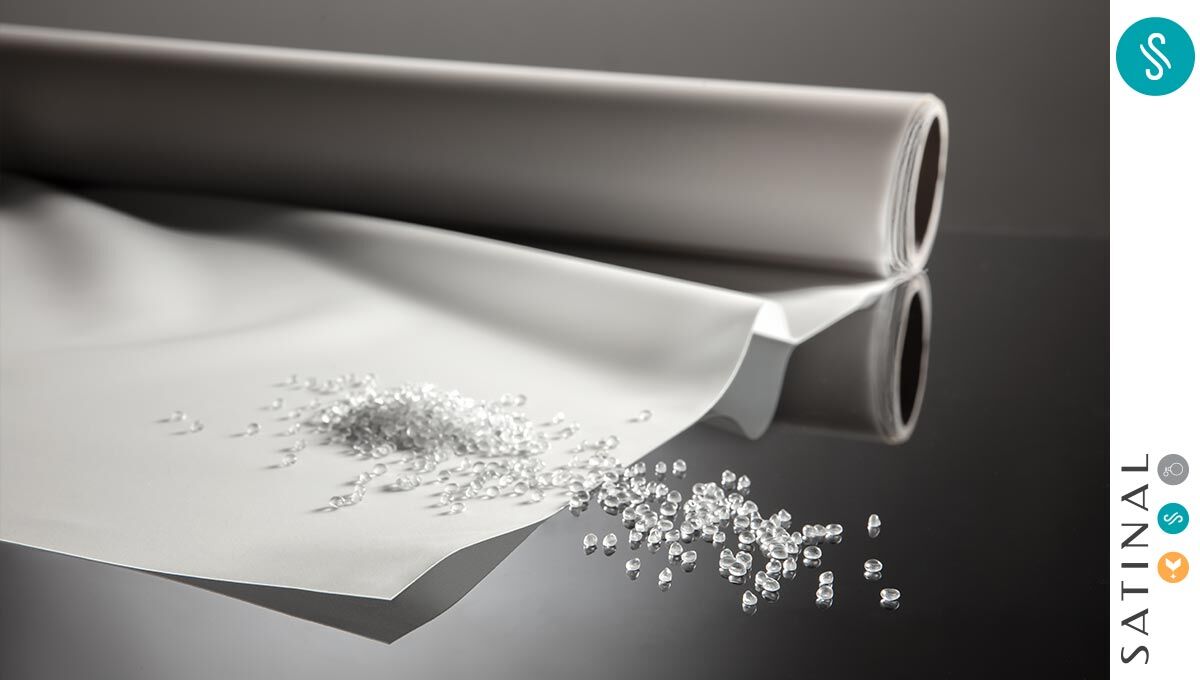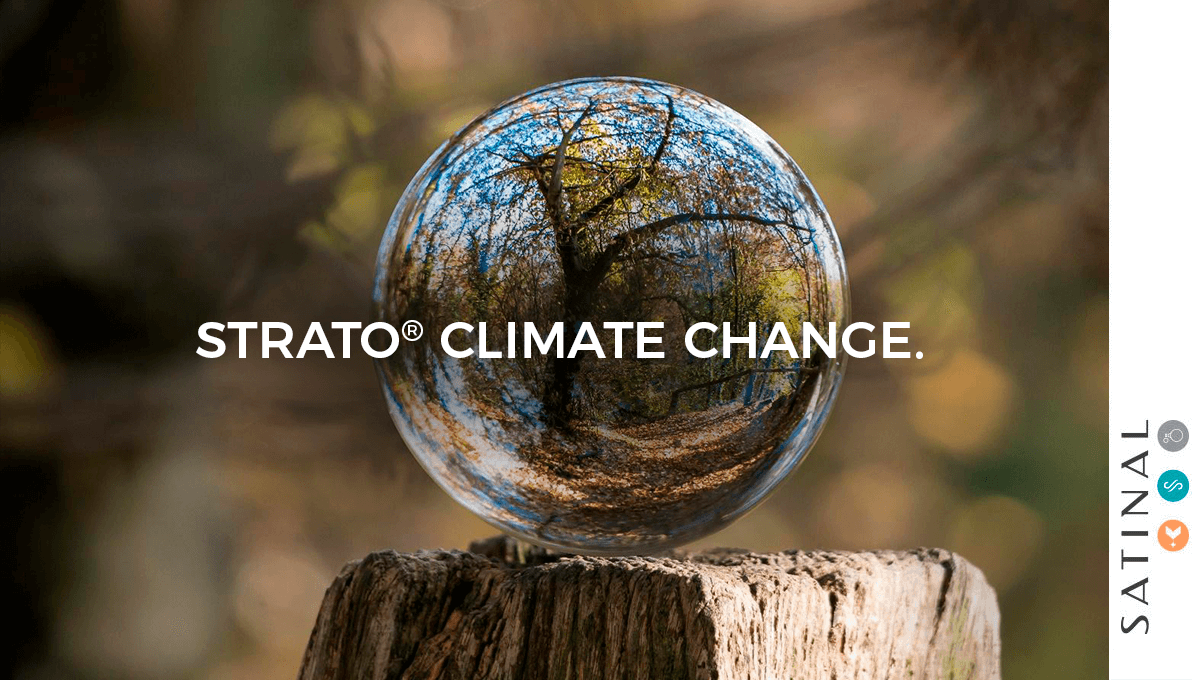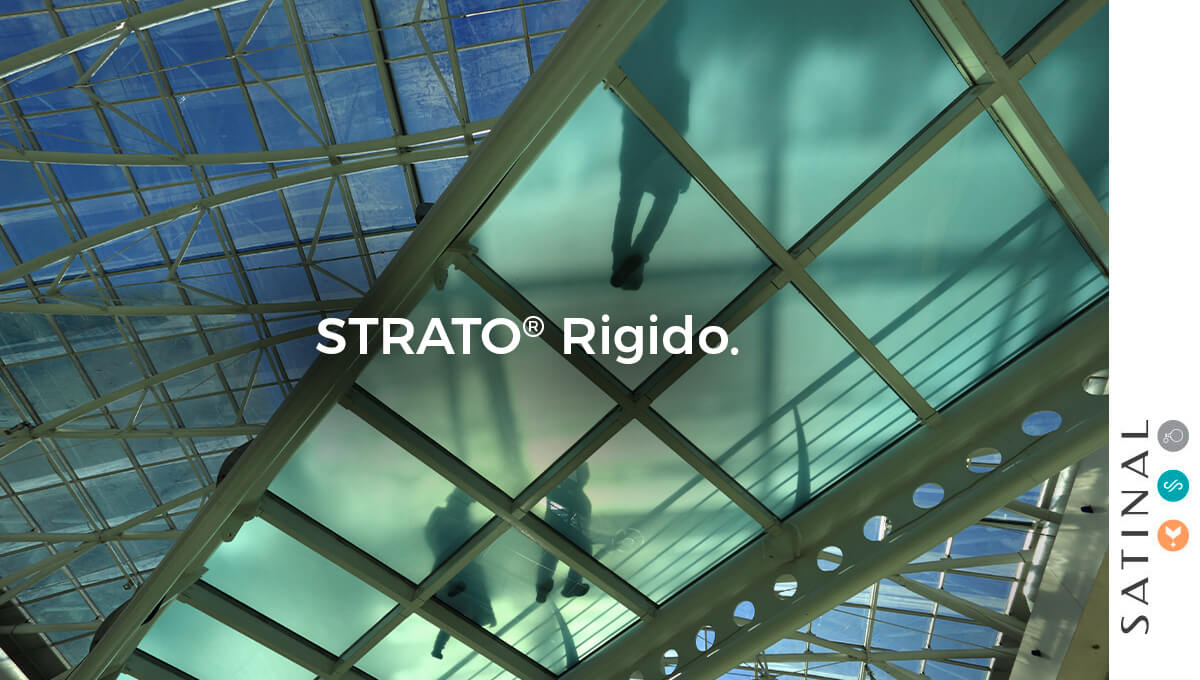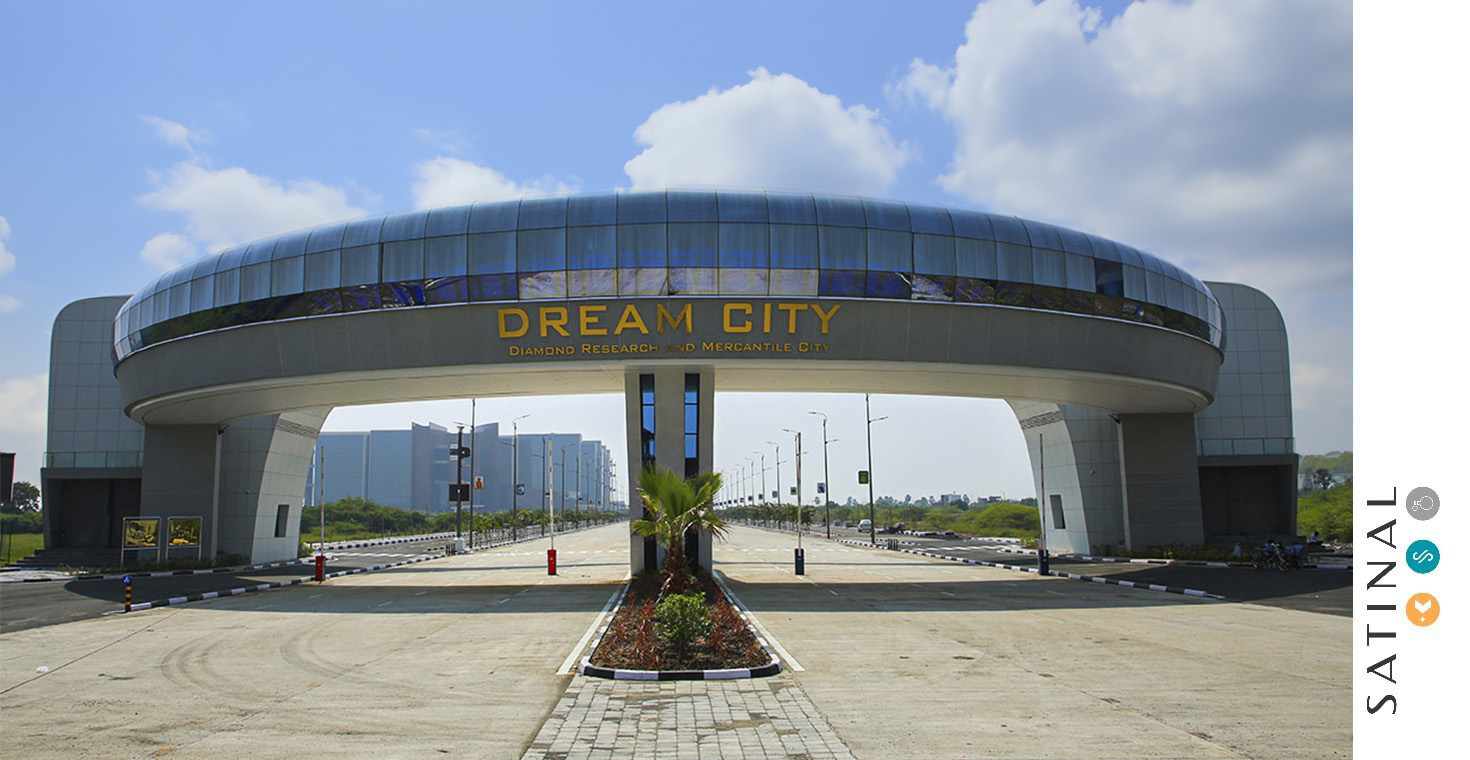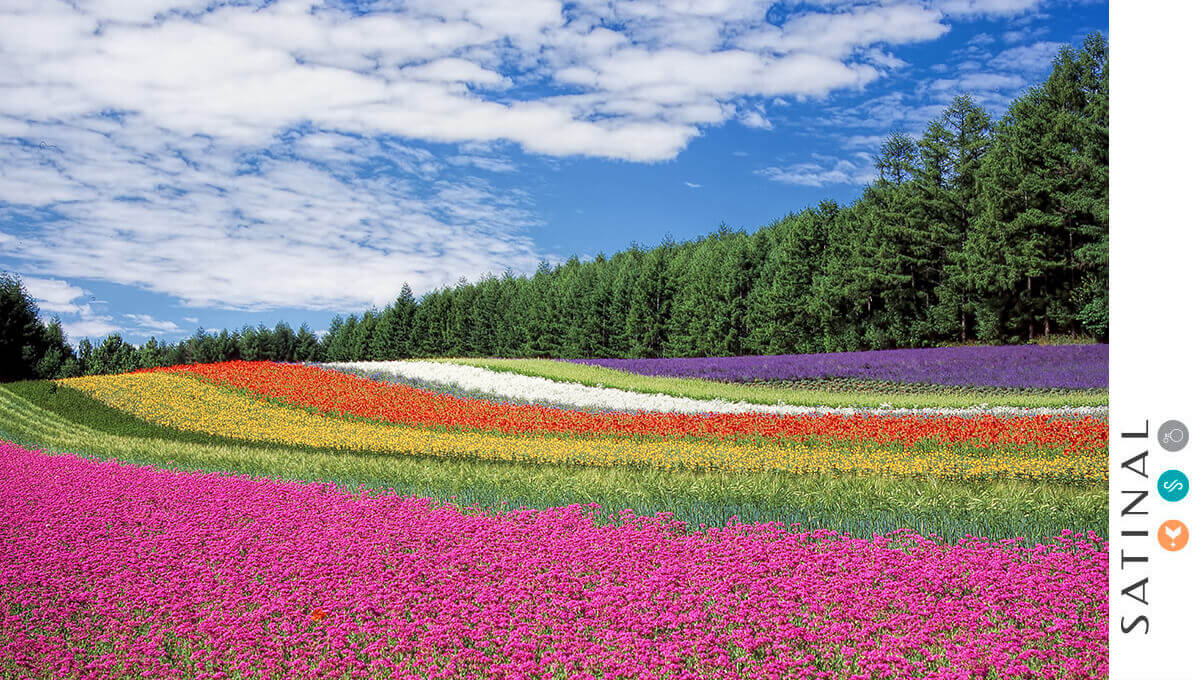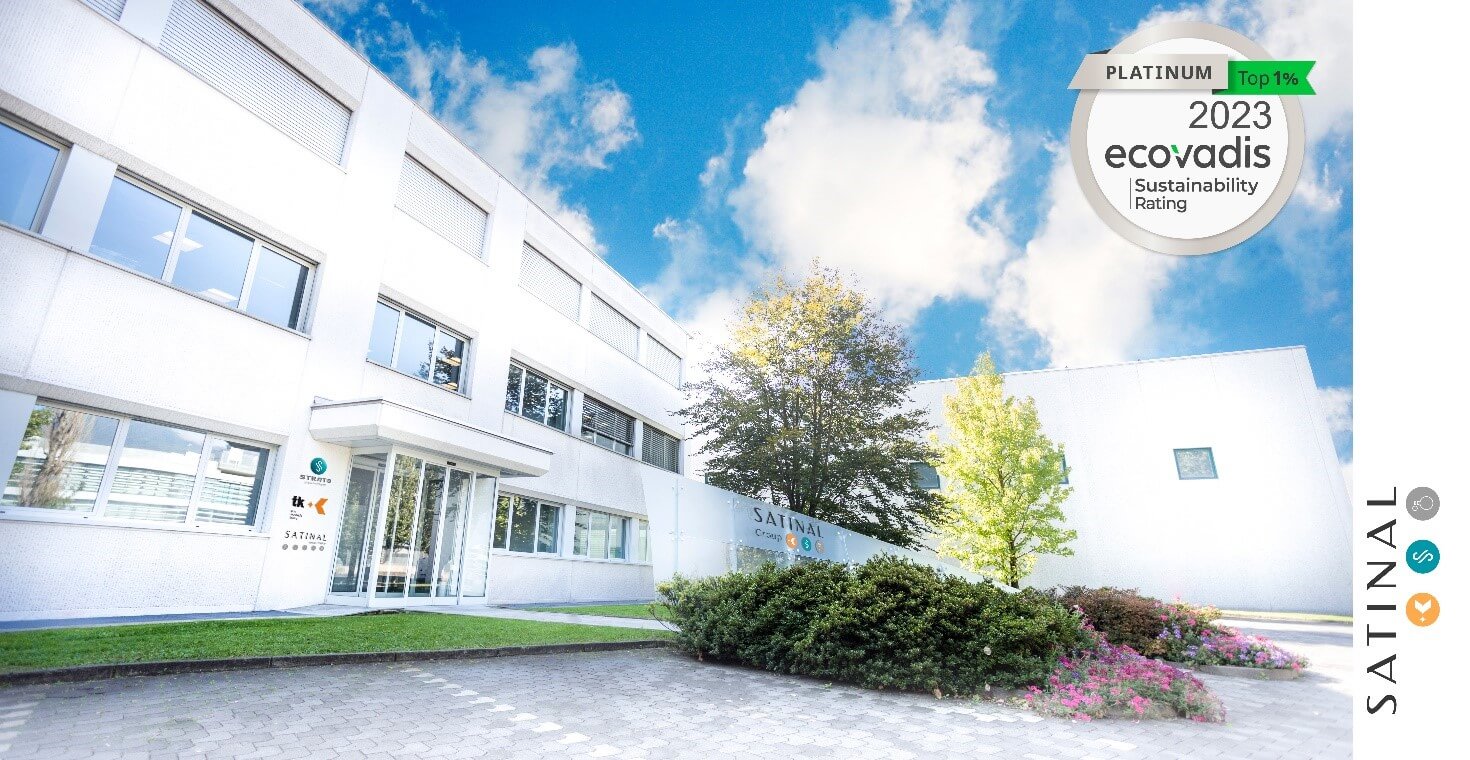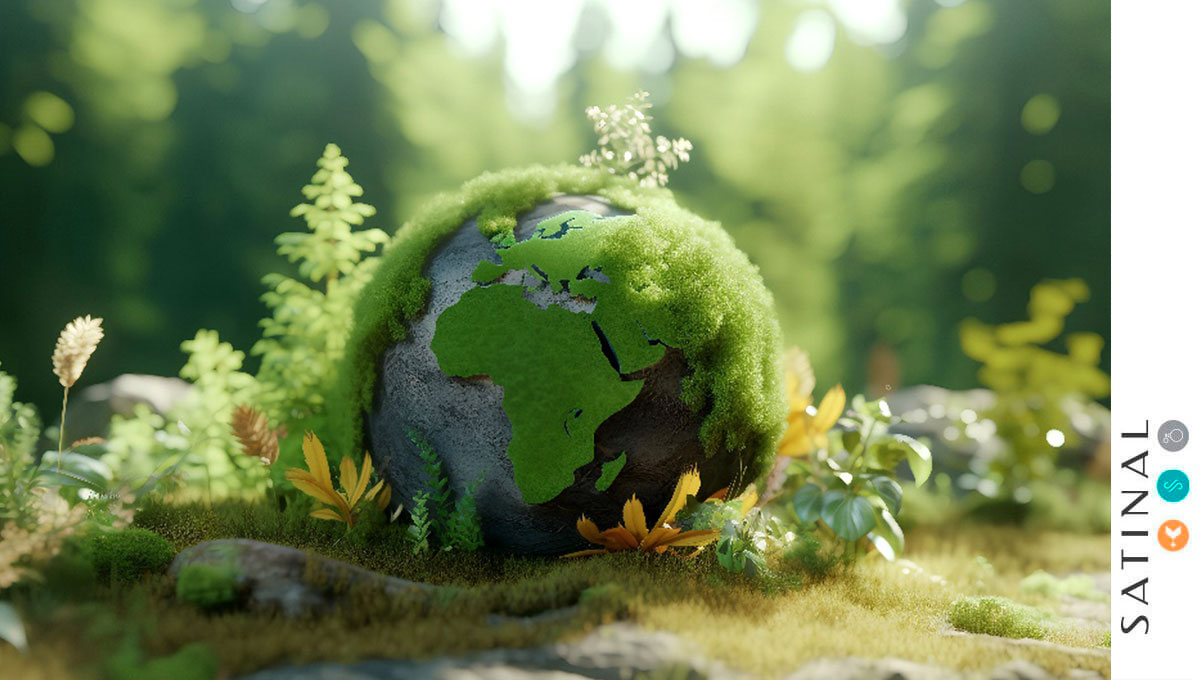COMPARISON BETWEEN EVA AND PVB
Ethylene Vinyl Acetate (EVA) film and Polyvinyl Butyral (PVB) film are two different polymeric materials but both can be used for laminated glass.
PVB has been for many years the reference material for laminating glass in the building and transport industries but EVA has been gaining ground in recent years due to its properties which in some cases are better than PVB.
One of the main differences between EVA and PVB is the speed at which water vapour is transmitted, whether from natural water or atmospheric humidity. PVB is more sensitive and more exposed to problems such as water infiltration in the corners of laminated glass.
The chemical composition of the cross-linking of EVA allows the internal molecules to generate three-dimensional connections, thus ensuring an additional degree of protection for all architectural elements exposed to exceptional conditions, such as high temperatures, high humidity and extreme weather conditions.
What are the advantages of EVA film?
– Cross-linking rate > 94%*: EVA is thermo stable thermally and mechanically making it a material with a durability and stability well over any thermoplastic.
– Better optics: transparency values close to the extra clear glass.
– Better resistance to moisture: EVA is more resistant to moisture than PVB at open edge. PVB suffers a high degree of delamination at open edge, but EVA does not have such negative behavior.
– Excellent Soundproofing: given its high degree of soundproofing this is the ideal product for noisy areas.
– High UV filtering: the 99% of UV filtering at 370nm wavelength is an indication of its suitability to protect from sun beams.
– 3D Reticulation: can also reduce the number of layers in a tempered glass reaching a 50% reduction in manufacturing costs Vs an Autoclave.
– Lower processing costs: EVA laminated glass can be produced in convection (e.g. Lamijet Convection) or infrared lamination furnaces (e.g. Lamijet 04-2c); these furnaces are small and accessible to small and medium-sized enterprises.
Processing with PVB film requires a special temperature-controlled chamber and the glass must then be processed in an autoclave, an expensive and large machine suitable for companies with large volumes.
*test result on STRATO® EXTRA CHIARO

